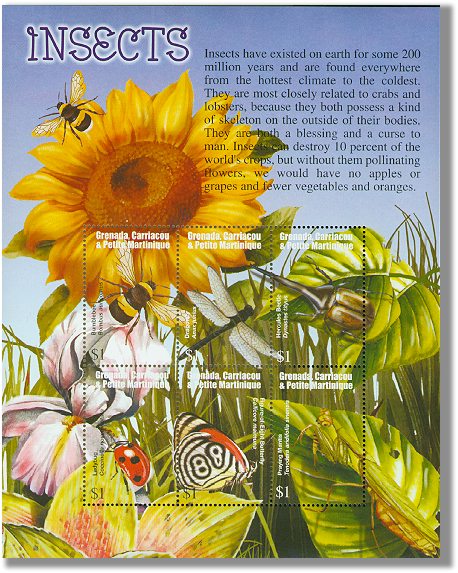Bees and butterflies are experiencing widespread population decline, creating public concern in recent years. Data collected in Germany suggest that it’s not just bees and butterflies at risk: insect populations overall have plummeted by more than 75 percent since 1989. Scientists have known about the population decline for several years. However, they didn’t know how many species were declining, and they didn’t expect it to be happening so fast.
Decades ago, when pesticides like DDT were exposed as poisonous, they were replaced by safer alternatives: safer for humans, but with lethal effects for insects. Neonicotinoid pesticides, introduced in the 1980s when the Krefeld Society began their study, are considered safer for humans than many alternatives because they are applied to seeds before planting rather than to growing crops.
However, they have disastrous effects on insects. When bees are exposed to these insecticides, they become less able to navigate and communicate with other bees. In wasps, neonicotinoid exposure cuts mating rates in half. Neonicotinoids have already been revealed as a major culprit in the declining population of bees and other pollinators. Because neonicotinoids dissolve in water so easily, rainwater can carry them far away from farm fields.
Researchers have already connected insects’ decreasing numbers to the population declines of starlings in North America. Birds, reptiles, amphibians — any species that depends on insects for food will start to die out, and anything that eats those animals will take losses. The biodiversity of the entire world is at stake.
The fact that we’ve apparently lost 75 percent of insect biomass in less than 30 years makes that future seem a lot closer than anyone would have guessed. But how accurate is the 75 percent figure? It’s hard to say. This study took place in a single country, and the measurements weren’t as regular as the members would have liked.Because comprehensive data on insect populations is so rare, there aren’t many datasets from other parts of the world to compare it to. However, the studies on bees and butterflies, as well as smaller-scale studies in England and the U.S., seem to tell a similar story.
Source: The Tartan, Nov 19, 2017
http://thetartan.org/2017/11/20/scitech/insectfuture

- Login om te reageren
